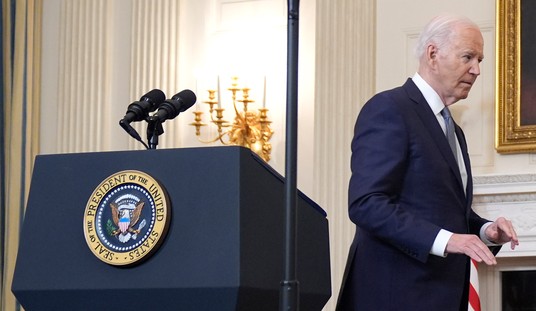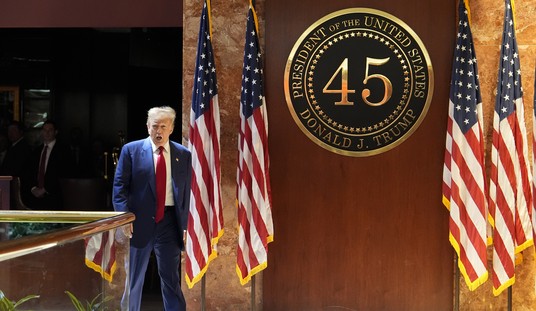With the 2021 election in the home stretch, tens of millions of Americans will soon head to the ballot box or vote by mail for candidates on their November 2nd ballot. Depending on the state, voters can expect to elect a governor, state legislators, school board members, and other municipal officials, but there may be other items on the ballot they weren’t expecting: tax increases, and a lot of them. That’s right, voters across the country can expect to see many ballot measures that would impact their wallets. While these measures often get overshadowed, it would be a mistake to understate the importance of how they can affect taxpayers.
While the media normally focuses on political candidates, the ballot questions, referenda, initiatives, and constitutional amendments can have an even bigger impact on taxpayers. From our recently released “BallotGuide,” we estimate Election Day is set to feature more than 1,723 tax and fiscal measures across 25 states. While most of these are local measures, residents of Washington, Texas, Colorado, and Maine should be aware there are a slew of statewide measures that every eligible voter will have the opportunity to weigh in on.
A review of thousands sample ballots supplied by secretaries of state offices, county election officials, and publicly-accessible website data, estimates that voters will decide on ballot measures that total at least $3.2 billion in annual tax increases or extensions. Of the nearly $3.2 billion in tax annual increases that are on the ballot, $1.51 billion is from sales tax increases, $1.43 billion is from property tax increases, $157.14 million is from marijuana taxes, $46.98 million is from miscellaneous tax increases, and $36.7 million is from income tax increases. Additionally, Colorado’s Proposition 120 would reduce taxes by approximately $1 billion.
A few billion dollars is a lot of money that could be taken out of the pockets of taxpayers each year, but at least voters will have the opportunity to decide whether or not they want to be taxed.
Recommended
Voters should also be aware that there are hundreds of measures to authorize the issuance of up to $39.42 billion in bonds, which is essentially a loan governments are able to take out. Bonds result in a long-term debt obligation that must be repaid, frequently by taxpayers in the form of higher property tax rates. Unfortunately, in many cases, localities were very selective in the information they included in the actual ballot text, which means most voters won’t have a full accounting of the tax implications of their vote. Since most bonds last for decades, voters could approve a substantial tax increase that lasts for quite some time.
Keeping taxpayers in the dark is also a fundamental issue with the nature of some state election laws, which hide crucial information from taxpayers. For example, this year we do not have a fiscal estimate on 669 tax measures, nearly a third of the ballot measures we’ve documented. That figure also does not account for the bond measures. Because not every election office was able to provide a revenue estimate for every ballot measure, the $3.2 billion number is an extremely conservative estimate. The total tax increase will in all likelihood be significantly higher. From unknown property tax increases in big Wayne County, Michigan (1.75 million people) to an income tax increase in the small Village of New Waterford, Ohio (1,200 people) and more - there is much that cannot be fully analyzed because election officials have not released detailed information to the public.
That means when many taxpayers go to fill in their ballots, they will be kept in the dark on the tax implications of their vote. This is a problem that all state and local governments should remedy immediately so their constituents can make better-informed decisions in the future.
With a lot of tax increases on the ballot, taxpayers have the final say on whether or not they want to give more of their hard earned money to the government. Let’s hope voters choose wisely.

























Join the conversation as a VIP Member